Masonic dining and banquets, at least for the annual Investitures, were lavish, and Kent Lodge No. 15, the oldest Atholl lodge with continuous working from 1752, was no exception.
Programmes c. 1895–1950 still exist in the Lodge archives. All set against the gaiety of the Edwardian period and theatreland.
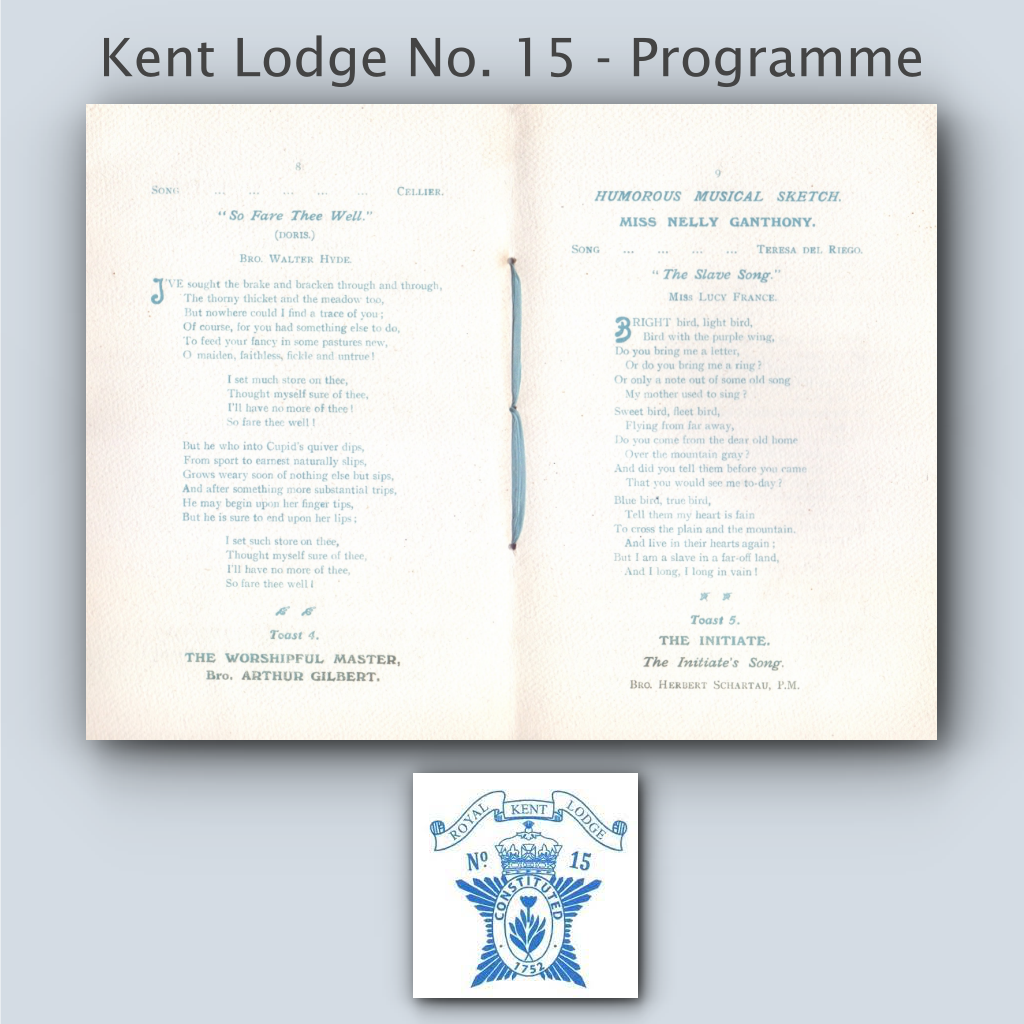
With thanks to QCCC and UGLE Library & Museum of Freemasonry
Burlesque theatre had amongst its popular performers a flamboyant star in the form of Harry Sydney.

Harry was initiated in Kent Lodge on 10 April 1861, passed on 8 May and raised on 7 August.
At the time of his initiation, he was aged 32 and his occupation is listed as Author.
His Masonic necktie can be seen adorning his publicity material.
The lineage of Kent Lodge is somewhat opaque; regrettably several years of the minute books for the Lodge are missing.
A cursory search shows that Kent’s history seeps back further, possibly to 1721, when it is found in the 1893 history of Prosperity Lodge No. 65 (Bro. Ferry, see appendix) that in 1806, ‘No. 8’ (now Kent No. 15) were, with members of No. 225 (now Oak No. 190), signatories to a petition for the then No. 68 to purchase a defunct Warrant from a Portsmouth lodge.
This was achieved by 1810, and with the Union they became No. 91, and with later closures 78, and then 65, which they remain today.
They chose the name Prosperity in 1832. Oak Lodge No. 190 sadly do not have any historical information prior to 1990, when the said books were lost owing to a death of one of their stalwarts in whose possession they possibly were lodged.
For some time thereafter a close bond existed between No. 8 (15) and No. 91 (65).
So much so, that common names can be found in both histories. Noted by Ferry, and no doubt because Prosperity was a daughter lodge of Kent:
There was a tradition amongst the elder Past Masters and Members of our Lodge that it was established as an offshoot of Kent Lodge, No. 15, formally No. 8, but this tradition soon resolved itself into a reality after a little perseverance and research, for I then ascertained that all the founders were prominent brethren of Kent Lodge, and subsequently, members were at each other’s meetings as visitors.
The pre-history of Kent Lodge is hinted at in Prosperity’s history, which goes on to say:
…the supposed Centenary of “Kent” Lodge having been completed in 1821”.
It continues “Bro. Ferry considers that the present No. 15, “previous to 1752, no doubt met and worked according to immemorial custom, without an actual warrant”, and thus its origin in 1721 is accounted for.
By the 1750s, it is tempting to think they were getting disenchanted with the ‘governance’ that was growing up around London by way of the Premier Grand Lodge of 1717 albeit this was one of many Grand Lodge that were to emerge and die throughout the Realm.
What is clear is the independence of these unaffiliated – or St John’s lodges – who rowed in from time to time with an overarching body, but just as easily left.
So, probably in 1745, the brethren called it a day and rubbed along with informal meetings until they were energised by the new wave of Masonic fundamentalism being preached by Laurence Dermott in Spitalfields when he arrived in 1748.
By 1751, they were so convinced they joined him and his new Grand Lodge of the Antients, where they were to be allocated No. 9 on the nominal role.
But schism – as some would say – and then merger would follow. However, the good times were to roll.

Music for one of Harry Sydney’s famous songs ‘Act on the Square’ – note the reference to the Provincial Grand Master.
Image: Reproduced by kind permission QCCC.
Harry Sydney’s name was not carried forward when the new set of Registers was made up in 1863, so it would appear that he dropped his membership of the Lodge in 1862.
He was a very popular and famous theatrical artist in the 19th century, and at one time was the manager of Collin’s Music Hall in Islington.
He was described as ‘John Bull‘s Old Favourite’. One of his songs was ‘Act on the Square’.
He died in 1870 aged 45, but his music still exists.
More latterly another Masonic song of very similar name has come to light from this period:
Entitled “Act on the Square, Boys” sung by “The Great Vance”, real name Alfred Stevens. His stage name being Alfred Vance and no doubt from a similar Masonic stable.
Kent Lodge’s Masonic programmes of 1895 and 1922, highlight ‘singing’ and ‘band performances’, and these banquets were much enjoyed and obviously played a large part in the Festive Boards.
It can only be imagined the amount of liquor imbibed on these occasions.

Masonic programmes
Image: Reproduced by kind permission of the Library and Museum of Freemasonry, London.
History by its nature needs to be constantly updated and recorded, and in 2016, Kent Lodge re-adopted its early title of ‘Royal Kent Lodge No. 15’ by the approval of the Grand Master following a decade of research into its unbroken history.
The ‘Royal’ title was originally used in 1816, so named after the Duke of Kent, the Grand Master of the Antients, at the time of the Union.
It fell out of use after 1820 when the duke died. The associated Chapter likewise was permitted to change its title a year later.
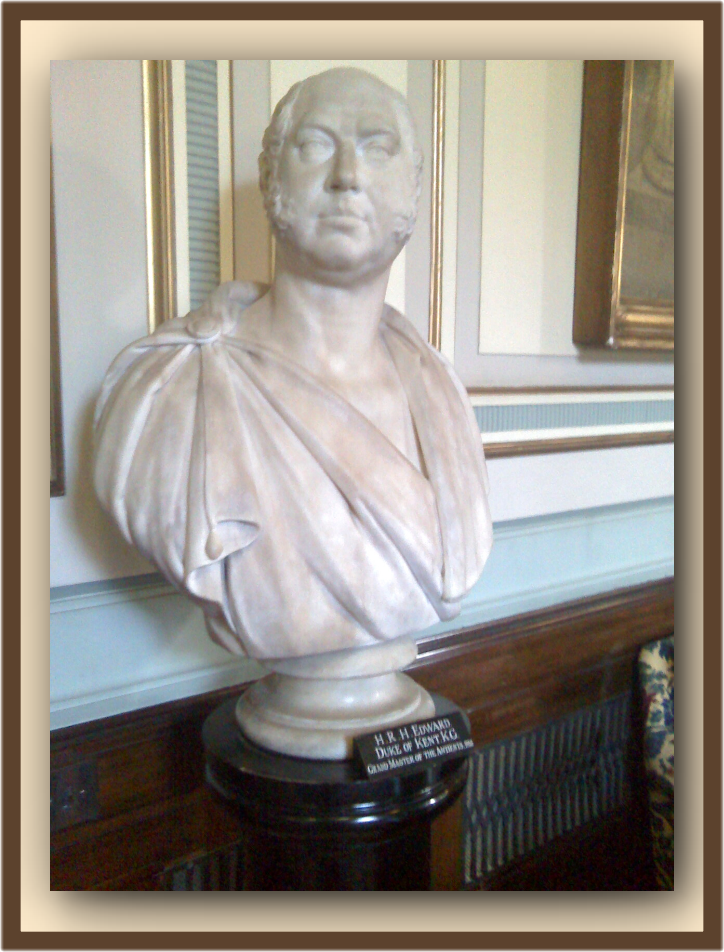
Bust of the Duke of Kent, Grand Master of the Antients at the time of the Union.
Image: Reproduced by kind permission of the Library and Museum of Freemasonry, London.
In the 21st century, let us quietly recount those halcyon days – obviously much enjoyed by our erstwhile brethren – and wish ‘if only’, whilst we continue to ‘Act on the Square’.
Further Reading:
Royal Kent Lodge No. 15 – A Very Royal Heritage
Article by: Paul Gardner

Paul was Initiated into the Vale of Beck Lodge No 6283 (UGLE) in the Province of West Kent, England serving virtually continuously in Office and occupying the WM Chair on three occasions.
Paul joined Stability Lodge No 217 in 1997 (UGLE) and now resides with Kent Lodge No 15, (UGLE) the oldest Atholl Lodge with continuous working since 1752, where he was Secretary and now Assistant Secretary and archivist, having been WM in 2002.
In Holy Royal Arch he is active in No 15 Chapter and Treasurer of No 1601, which was the first UGLE Universities Scheme Chapter in 2015.
He was Secretary of the Association of Atholl Lodges which maintains the heritage of the remaining 124 lodges holding ‘Antients’ Warrants and has written a book on Laurence Dermott. - https://antients.org
Recent Articles: by Paul Gardner
 Exchanged the Sceptre for the Trowel Explore the intriguing history of Royals and Freemasonry following the new Monarch's Coronation. From Prince Albert's initiation to the influence of George II and beyond, discover why royalty has long exchanged the sceptre for the trowel, shaping society and maintaining power through this ancient craft. |
 Unearth the mystic origins of Freemasonry in 'That He May Be Crafted.' Paul Gardner explores the symbolic use of working tools from the earliest days of this secret society, revealing a time when only two degrees existed. Delve into this fascinating study of historical rituals and their modern relevance. |
 Paul Gardner looks to a time when politics and Masonry were not precluded, but shush! This was London Masons and the Spitalfields Act of 1773-1865. |
 That rank is but the guinea’s stamp, the man himself’s the gold. But what does this mean, even given the lyric and tone of Burns’ time? It is oft times used in a derogatory sense, (somewhat in good humour) between Masons (or not) on the achieving of honours. But its antecedents are much more complex than that. |
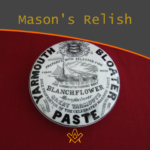 John and Timothy Coleman Blanchflower were initiated in Walpole Lodge, No. 1500, Norwich England on 2 December 1875; noted as a purveyor of ‘sauce’ to masons! |
 Jacob’s Ladder occupies a conspicuous place among the symbols of Freemasonry being on the First Degree Tracing Board, the most conspicuous and first seen by the candidate on his initiation – a vision of beauty and intrigue for the newly admitted. |
 During a detective hunt for the owner of a Masonic jewel, Paul Gardner discovered the extraordinary life of a true eccentric: Dr William Price, a Son of Wales, and a pioneer of cremation in Great Britain. Article by Paul Gardner |
 Paul Gardner tells the story of his transition from one rule book to another – from the Book of Constitutions to the Rule Book for Snooker! |
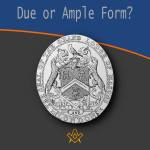 Due or Ample Form? What is ‘Ample’ form, when in lodges the term ‘Due’ form is used? |
 The Butcher, the Baker, the Candlestick Maker Paul Gardner explores the Masonic link between provincial towns’ craftsmen, shop keepers and traders in times past. Many remain in the modern era and are still to be found on the high street. |
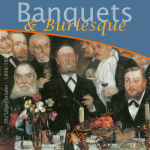 Masonic dining and banquets, at least for the annual Investitures, were lavish, and Kent Lodge No. 15, the oldest Atholl lodge with continuous working from 1752, was no exception. |
 The ‘cable-tow’ or ‘noose’ is used in Craft Masonry as part of the ritual, as are ropes and ties in other degrees - but what does it symbolise? |
 Paul Gardner reflects on those days of yore and the “gentleman footballer” in Masonry |
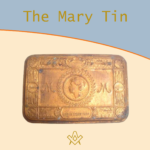 What is the Masonic connection with the 1914 Christmas Mary Tin |
 That Takes the Biscuit - The Patriot Garibaldi Giuseppe Garibaldi Italian general and politician Freemason and the Grand Master of the Grand Orient of Italy. |
 W.Bro. Paul Gardner looks at a mid 19th century artefact and ponders ‘Chairing’ |
masonic knowledge
to be a better citizen of the world
share the square with two brothers

click image to open email app on mobile device







